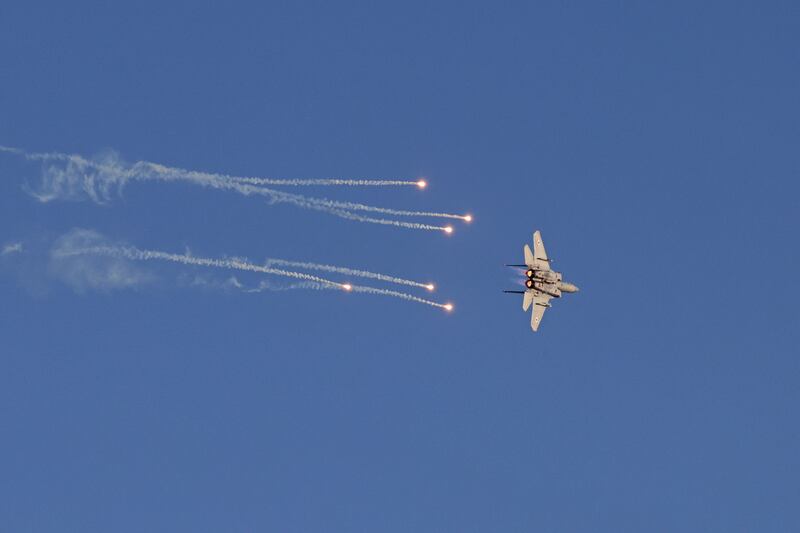Israeli air strikes heavily damaged Syria’s main weapons research establishment, according to a human rights monitor and analysts who verify incident reports using satellite imagery.
The US government has sanctioned employees of the site at Masyaf for working on the Syrian government's chemical weapons programme. Syria is believed to have disposed of most of its chemical weapons arsenal following international pressure in 2014, but analysts say some capability may have been retained covertly.
In March, international watchdog the Organisation for the Prohibition of Chemical Weapons said Syria had used prohibited chemicals in newly investigated attacks — which happened in 2016 — after telling inspectors that it had disposed of its arsenal in 2014.
Further attacks, such as the Khan Sheikhoun attack in 2017, which triggered Nato intervention to bomb suspected chemical sites, had already been investigated by the watchdog.
The site at Masyaf, also known as the Syrian Scientific Studies and Research Centre, has been heavily bombed in the past, with Israeli air raids frequently hitting buildings and bunkers there since 2017, according to the US Institute for Science and International Security, a think tank.
The Israeli government has previously accused Syria of developing chemical weapons at the sprawling complex.
The OPCW has also singled out Masyaf for monitoring during the international effort to rid Syria of chemical weapons, between 2013 and 2014.
The US government sanctioned more than 200 employees of the SSRC in 2017 for their alleged “support of Syria’s chemical weapons programme.”
Syrian state media reported after the Thursday night attack between the cities of Tartus and Hama that two people were wounded and fires were sparked in nearby forests. It said that the missiles were fired from over the Mediterranean and most of them were shot down.
Images taken by Planet Labs PBC and provided by Aurora Intel on Sunday, a network that provides news and updates based on open-source reporting, showed that some buildings and areas sustained heavy damage from the reported air strikes.
It added that areas around the centre sustained “heavy fire damage due to the secondary explosions”, which was consistent with local reporting.
The imagery showed that part of the green areas surrounding the facility had been burnt.
Rami Abdulrahman, who leads the Britain-based opposition war monitor the Syrian Observatory for Human Rights, said the Israelis struck several positions but the main target was a large arms depot housing about 1,000 precision-guided middle-range missiles. He said the explosions at the site lasted for more than five hours after the strike.







